Microsoft's new patent unveils earbuds authentication technology, and yes, it's exactly what you think
The tech uses ultrasound signals to capture the particular shape of your ear.
3 min. read
Published on
Read our disclosure page to find out how can you help Windows Report sustain the editorial team. Read more
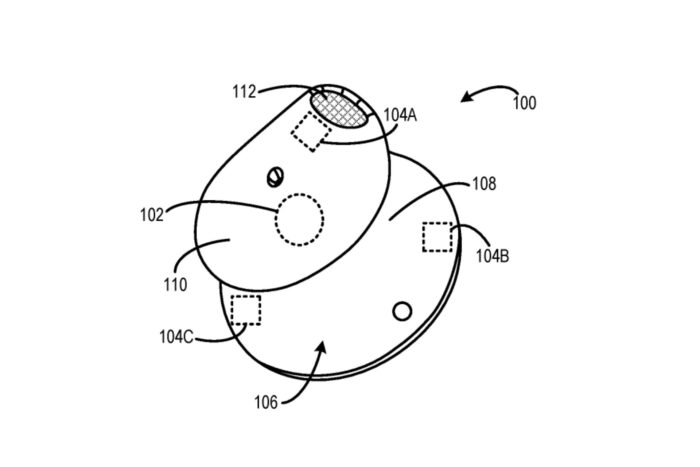
Picture a scenario where your earbuds are not only for listening to music or answering phone calls. Microsoft has developed an earbud authentication technology that turns them into a key that allows smooth authentication on various computing devices.
This development isn’t merely about making things easier; it aims to improve user experience and increase task efficiency. Now, let’s understand the technical aspects of these smart earbuds and why they could become an important part of our digital existence.
Have you ever been in a situation where you must log in again on every device when switching between them? People use different devices simultaneously, but logging in frequently can disturb their work and concentration.
Microsoft’s newest patent application proposes keeping authenticated sessions persistent across devices using earbuds. No more repetitive logins; wear your earbuds, and you’re ready.
The main point is that once you have logged into one device, your earbuds can emit an ultrasonic signal. This isn’t just any sound wave; it’s made to bounce off the particular shape of your ear and be caught by the earbud’s built-in microphone.
The in-ear microphone is configured to capture primarily sound in the user’s ear. More particularly and as described in more detail below, in the present examples the in-ear microphone is configured to detect an ultrasonic echo signal in the user’s ear that is generated by an acoustical test signal (e.g., inaudible chirp) emitted by the earbud speaker reflecting off the unique architecture of the user’s ear canal. The earbud analyzes these echo signals to determine if the earbud is located in the ear of the user. In some examples the in-ear microphone is also used for active noise cancellation and/or other features.
The magic occurs when this echo is studied to confirm that the earbuds are in your ears. The earbuds will convey your verified status if you come near another device. You can obtain entry without any more logins.
However, if you are concerned about security, this system is simple and safe. The ultrasonic signals used are specific to the shape of your ear, creating a biometric lock that isn’t easy to break. Also, when you take out the earbuds from your ears, they cease to authenticate fresh sessions. This enhances security.
Picture yourself moving from your tablet to your laptop and getting recognized and logged in instantly, only because you have put on earbuds. This changeover is smooth, like a scene from a science fiction film. Even for people who worry about battery power, the earbuds can cleverly handle their ultrasonic signal emissions so they do not need energy.
This technology has a deeper significance than just being convenient. It reflects a direction where our gadgets comprehend and adjust to us, not the opposite way around. It’s more about making an intuitive and smooth connection with our digital world.
Microsoft has been dabbling with this multi-device experience system in many ways. The Redmond-based tech giant has been developing technologies that tackle many devices simultaneously and automatically, keeping the user engaged with them. However, this is the first time Microsoft has considered earbud authentication.
But it’s worth noting that Microsoft was not the first company to this technology. Other companies have already considered it.
Just imagine: when you wear your earbuds again, picture what they could open up. They might provide a doorway to an enhanced, more linked, and smooth digital world. It’s interesting how tech keeps growing and making our lives convenient in unexpected ways, right?
You can read the whole paper here.
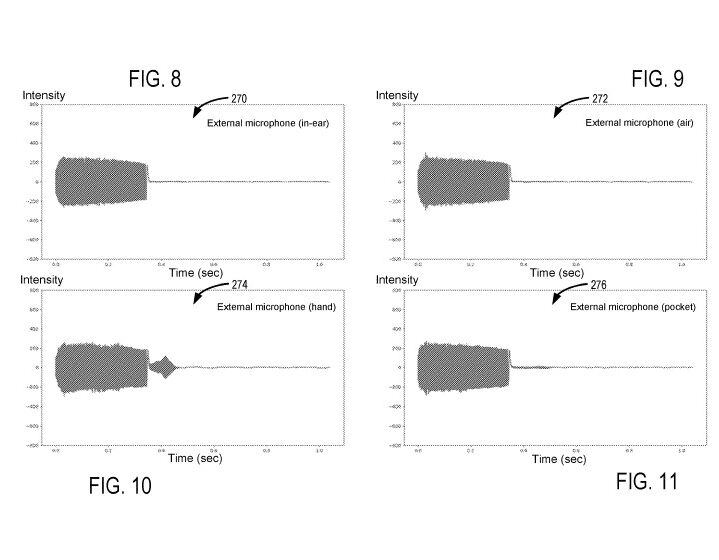

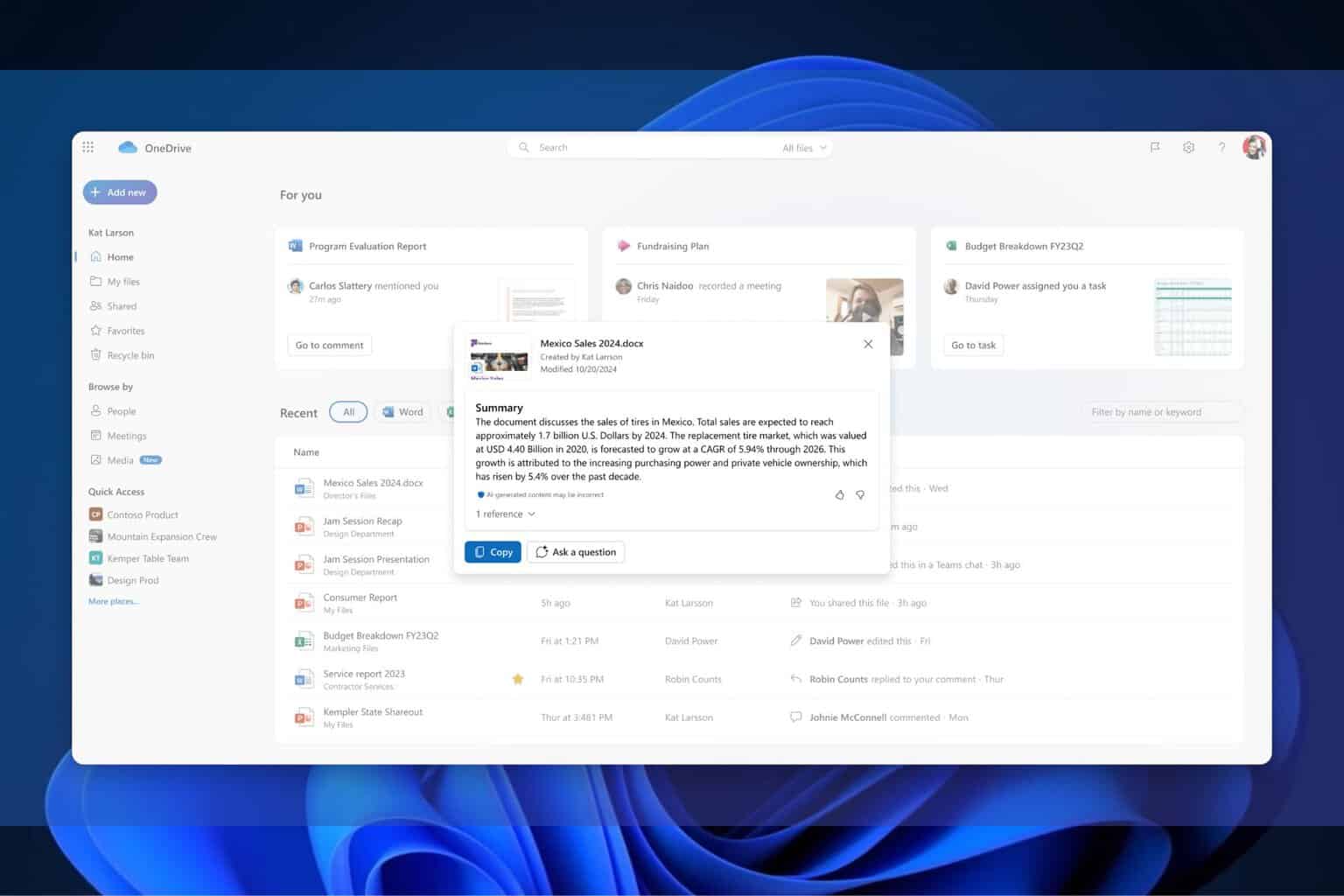
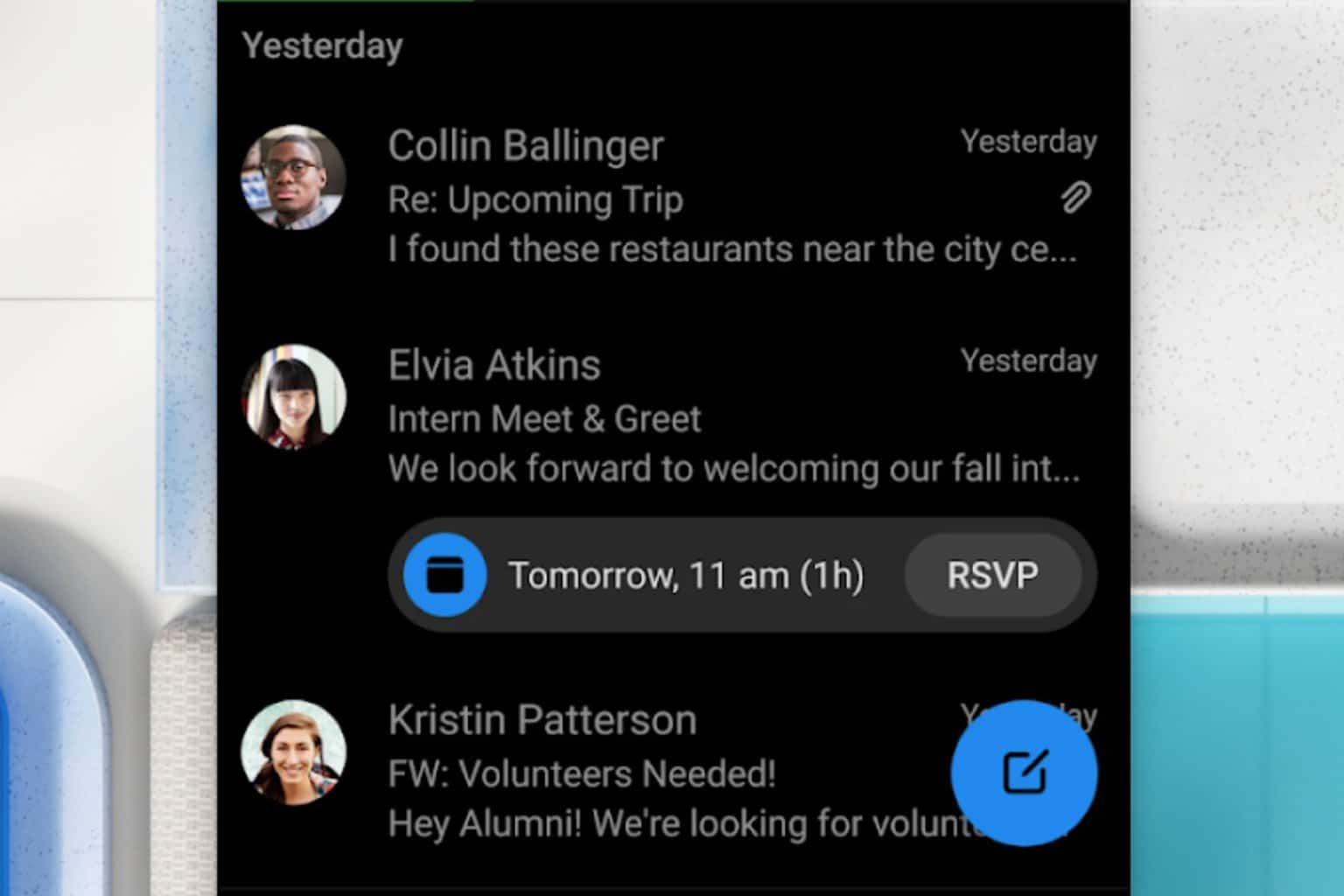
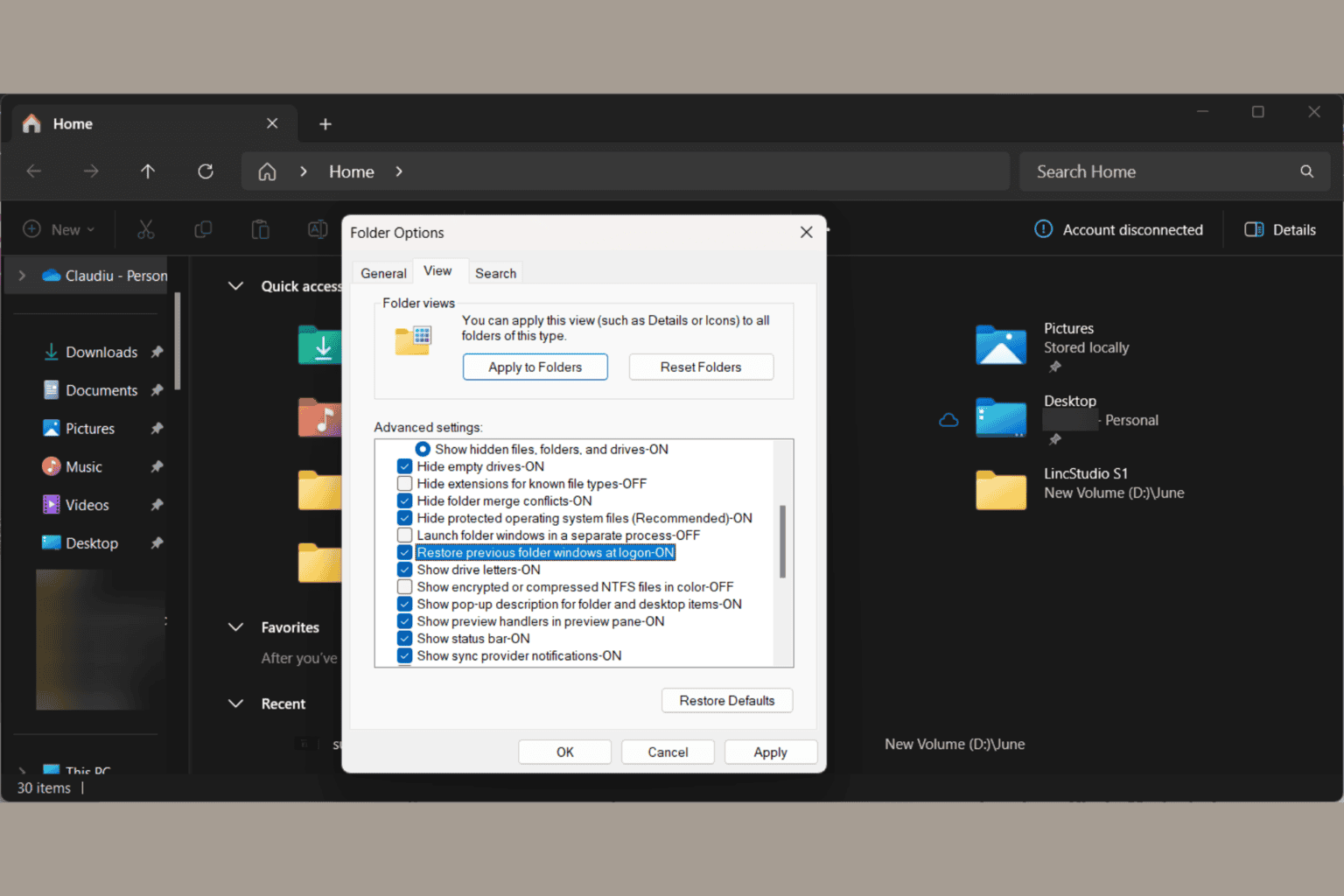
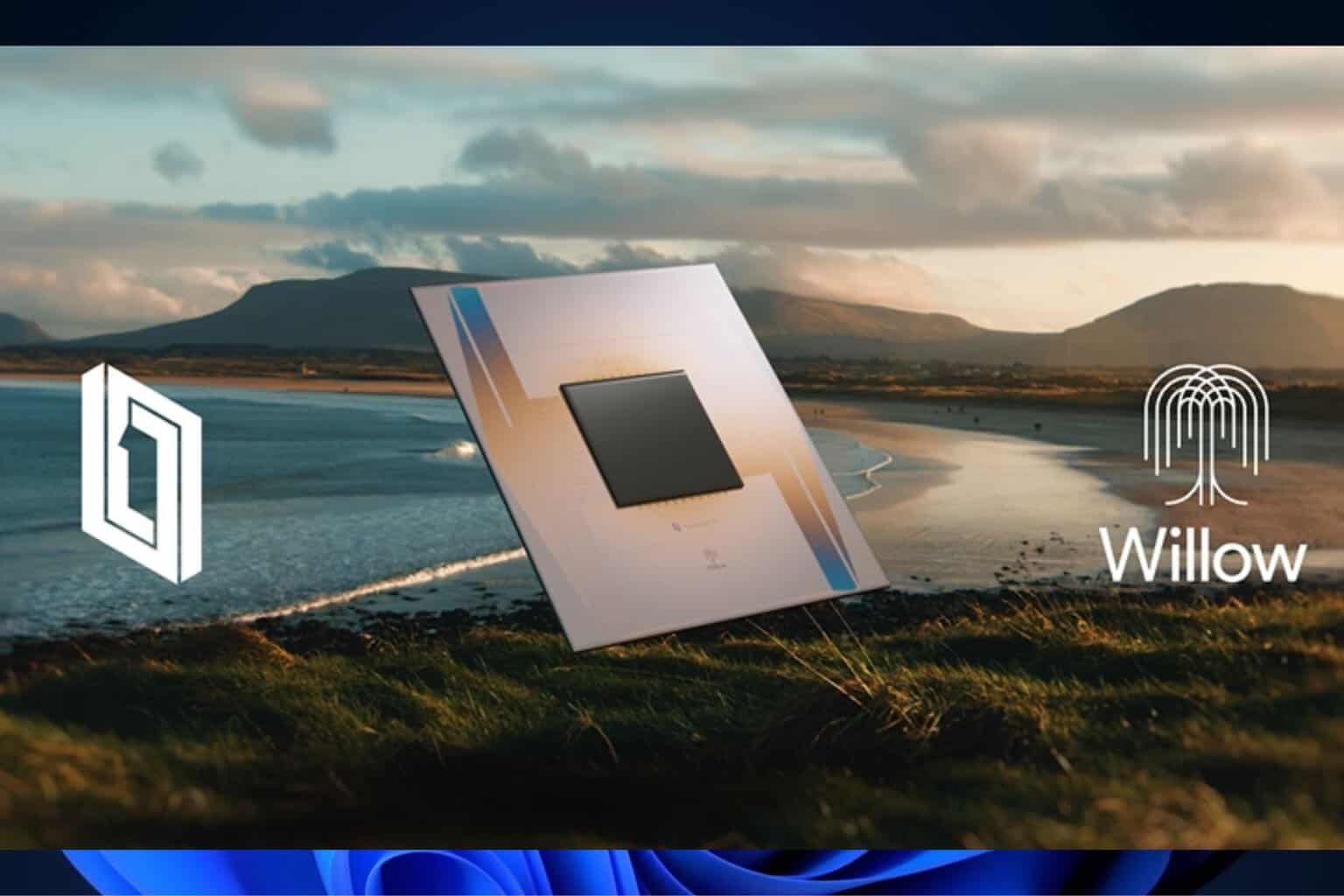

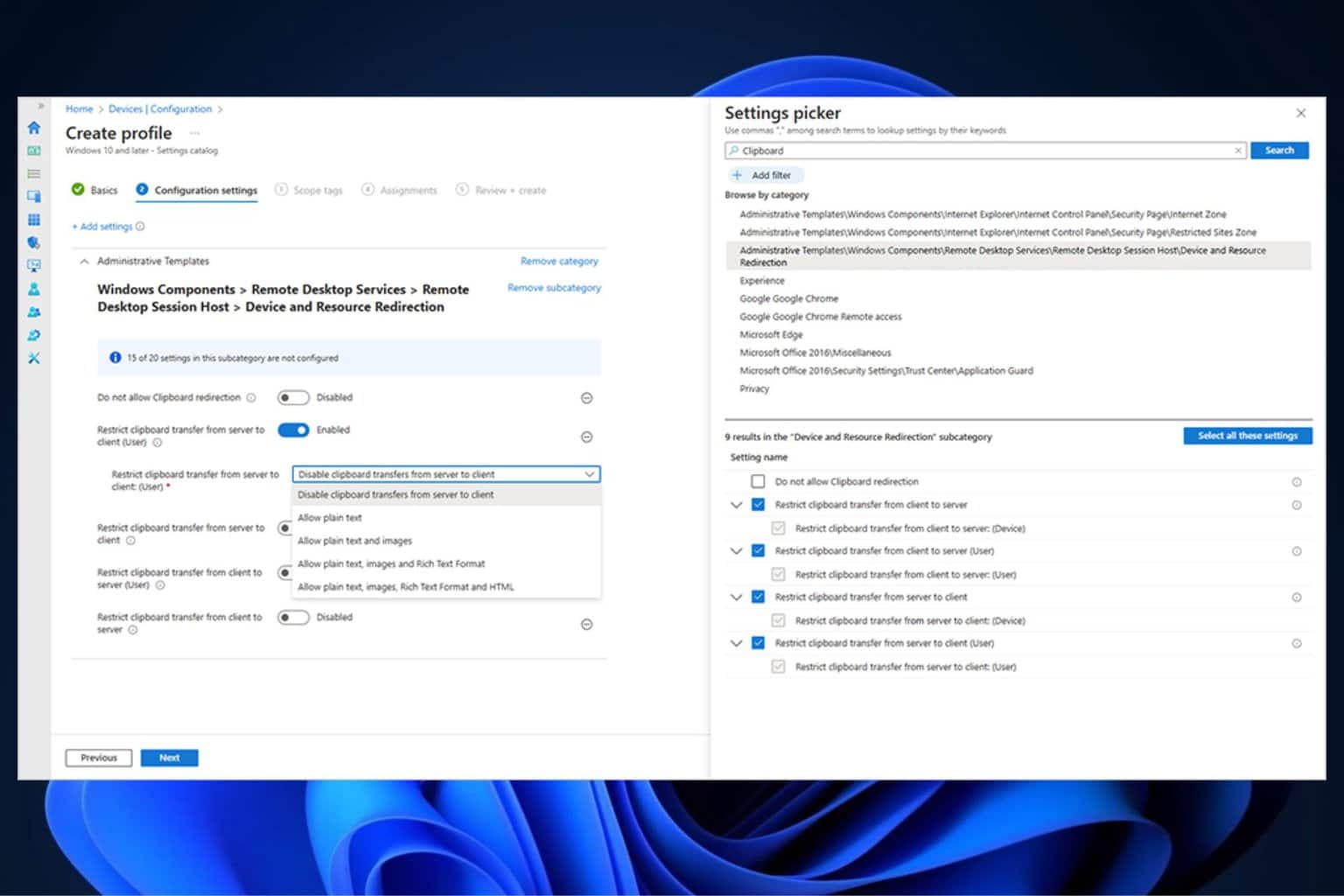
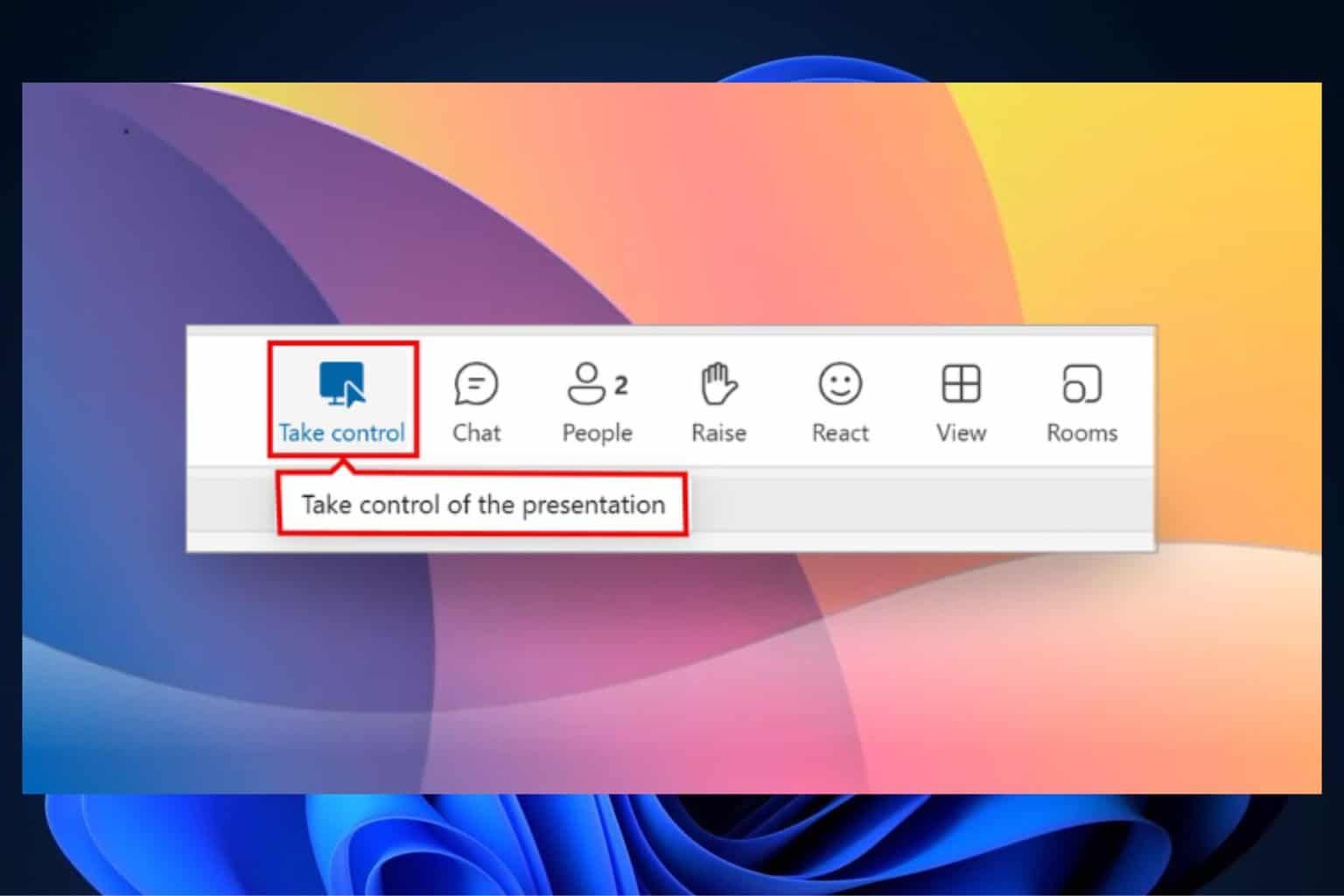
User forum
0 messages